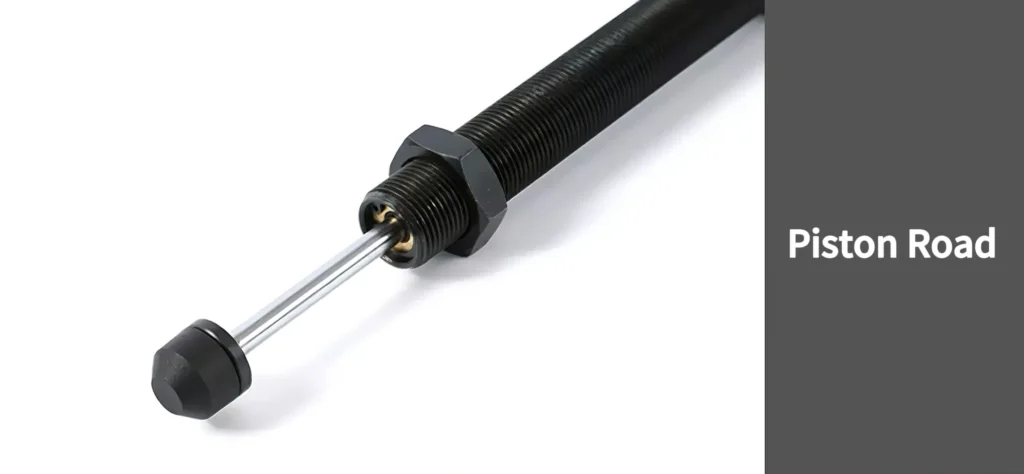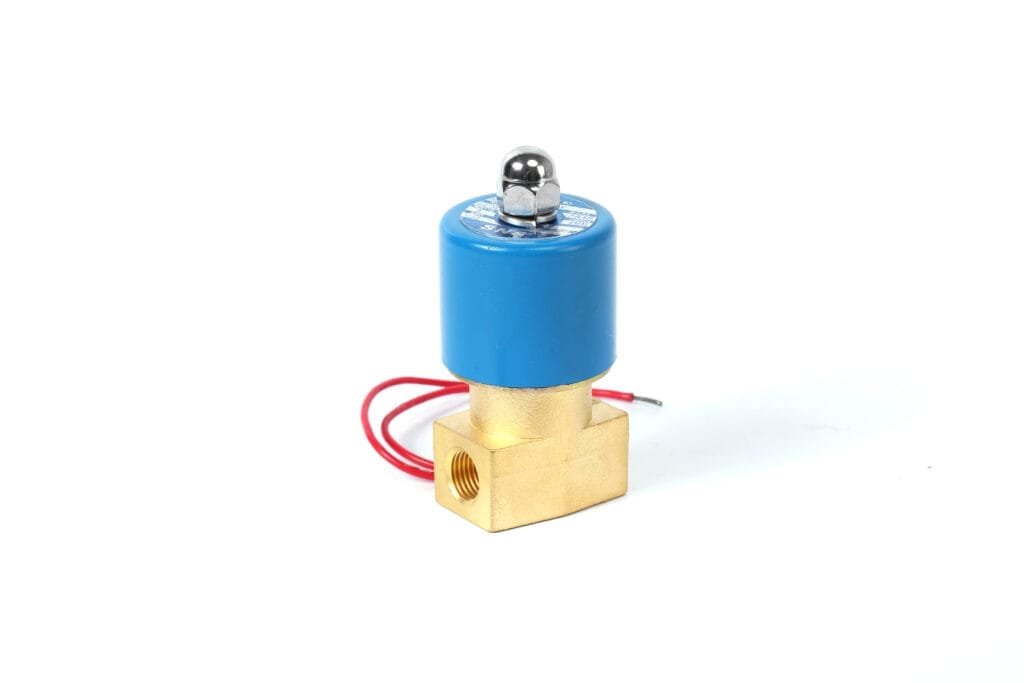How Do I Fix An Air Regulator Valve
To fix an air regulator valve, first identify the issue by checking for leaks, blockages, or damage to the valve. Once identified, repair or replace the faulty components as necessary to restore proper function.
Air regulator valves are critical components in pneumatic systems, controlling air pressure to ensure optimal performance. Understanding how to diagnose and remedy issues with these valves can prevent system failures and maintain efficiency.
Can A Pressure Regulator Be Repaired?
Yes, a pressure regulator can be repaired. If it’s not functioning properly, components such as the diaphragm, valve seat, or spring might be worn out and need replacement. However, if it’s severely damaged, replacement of the entire unit might be required. Always make sure repairs are done by a qualified professional to ensure safety and proper functioning.
What Happens When An Air Pressure Regulator Valve Fails?
Uncontrollable Pressure Changes: Without regulation, pressure can spike or drop, potentially damaging machinery or disrupting processes.
Equipment Damage: Overpressure can cause leaks or bursts in hoses and seals, while low pressure may hinder machinery operation.
Reliability Concerns: Too much or too little pressure can affect machinery precision, potentially leading to defective products.
Safety Risks: Overpressurization risks equipment failure or explosion, while insufficient pressure can compromise ventilation systems.
Energy Waste: Without proper regulation, maintaining operations may consume additional power, increasing costs.
Production Disruptions: Failure to promptly identify and correct issues can lead to extended downtime.

What Are The Signs That An Air Regulator Valve Needs Repair?
Leakage
Leakages signal the need for inspection. The presence of air leaks around a valve indicates possible wear or damage.
The origin of leaks often traces back to seals or the valve body itself. Seals may deteriorate over time, losing their effectiveness.
Cracks in the valve body compromise its integrity, leading to leaks. Such cracks could result from mechanical stress or material fatigue.
Inaccurate Pressure Regulation
Inaccurate pressure regulation in an air regulator valve is a common issue. This problem arises when the valve cannot maintain set pressure levels. Internal components may be damaged or obstructed, leading to this issue.
Damaged components inside the valve disrupt normal operations. The precision required to control pressure is lost when internal parts wear out. Regular wear and tear over time can contribute to such damage.
Clogs are another major cause of inaccurate pressure regulation. Debris or sediment buildup within the valve prevents proper function. Air flow is restricted, disrupting the valve’s ability to regulate pressure accurately.
No Airflow
A completely blocked valve can disrupt the airflow. This issue might stem from accumulated debris or a malfunctioning component within the valve.
The presence of debris is one common cause. Small particles or contaminants can obstruct the passage of air.
Malfunctioning components signify another significant concern. A part within the valve may have failed, preventing air from moving through it.
Step-By-Step Repair Guide
Disassemble The Valve
Begin by gathering the tools you will need. These typically include wrenches, screwdrivers, and possibly Allen keys.
Before starting the disassembly process, take photographs of the valve assembly. These images will serve as valuable references during reassembly.
Start by carefully removing each component of the valve. Keep track of every piece removed during this process.
Follow a step-by-step dismantling procedure according to the manual provided by the valve manufacturer.
Handle each part with care, especially those that are fragile or critical to the valve’s operation.
Place components in an organized manner as they are removed. This practice assists in an efficient reassembly process later on.
Inspect Components
During the repair of an air regulator valve, inspection of components is a critical step. Each part must be examined for wear or damage.
Start with seals and O-rings. These are prone to deterioration. If they show signs of wear, replace them.
Look at the spring and diaphragm next. Both are key for valve function. Any damage or deformities here can hinder performance.
Cleaning is also part of inspection. Use compressed air for loose debris. A soft brush works too. For tough residues, select a cleaner that’s safe for your valve’s materials.
This step ensures that only parts in good condition are reassembled into the valve, helping to secure its proper operation post-repair.
Reassemble and Test
Use photographs taken during disassembly as a guide. These images serve as visual aids, ensuring each part is reinstalled correctly.
Start by reconnecting the internal components. This includes seals, O-rings, springs, and diaphragms. Each piece plays a vital role in the functionality of the valve.
Ensure all parts are free from damage. Damaged components can compromise the efficiency of the valve. If any part appears beyond repair, it should be replaced immediately.
Tighten all connections securely. Loose parts can lead to air leaks or inconsistent pressure regulation.
Once reassembled, it’s time to test the valve. Reconnect the air supply and monitor its performance closely.
Adjust settings on the valve to ensure it maintains desired pressure levels. This step verifies that the repair was successful and that the valve operates as intended.
Testing not only confirms proper assembly but also helps identify any overlooked issues before putting the system back into full operation.
Attention to these details guarantees your air regulator valve functions efficiently after repair or maintenance work.

Maintenance Tips
Routine inspection is key. It helps identify problems before they escalate.
Regular Checks
Inspect the valve and surrounding system frequently. Identifying problems early can prevent major issues.
A routine check involves visual examination for damage or wear.
Listening for leaks or unusual noises is also beneficial.
Check for signs of corrosion or material degradation.
Ensure all connections are secure and sealed properly.
Monitoring pressure readings regularly helps detect irregularities.
Clean Environment
Dust and debris can enter the valve. These contaminants may cause blockages.
Blockages interfere with the functionality of the valve. A clean area minimizes this risk.
Follow Manufacturer’s Guidelines
The maintenance routine for each air regulator valve varies. Always refer to the manufacturer’s instructions.
Different manufacturers have unique specifications for their valves. These detail the frequency and type of maintenance required.
Ignoring these guidelines can lead to improper functioning or damage. The manufacturer knows the product best.
Routine checks are recommended even when specific intervals are not mentioned. This proactive approach helps in early detection of issues.

How Often Should I Perform Maintenance On My Air Regulator Valve?
The frequency of maintenance on your air regulator valve depends on its usage and the manufacturer’s guidelines. However, it is commonly recommended to inspect them at least once a year. If the valve is used heavily or in harsh conditions, it might require more frequent check-ups. Regular maintenance helps ensure optimal operation and prolongs the life of the valve.
In Conclusion
In summary, fixing an air regulator valve effectively requires a proper understanding of its components and a systematic approach to troubleshooting and repair.
To ensure your equipment operates at peak performance and maintains durability over time, consider following the detailed steps outlined in our guide. For more insights and professional advice, we encourage you to explore further resources or reach out to specialists who can offer tailored support for your specific needs.



